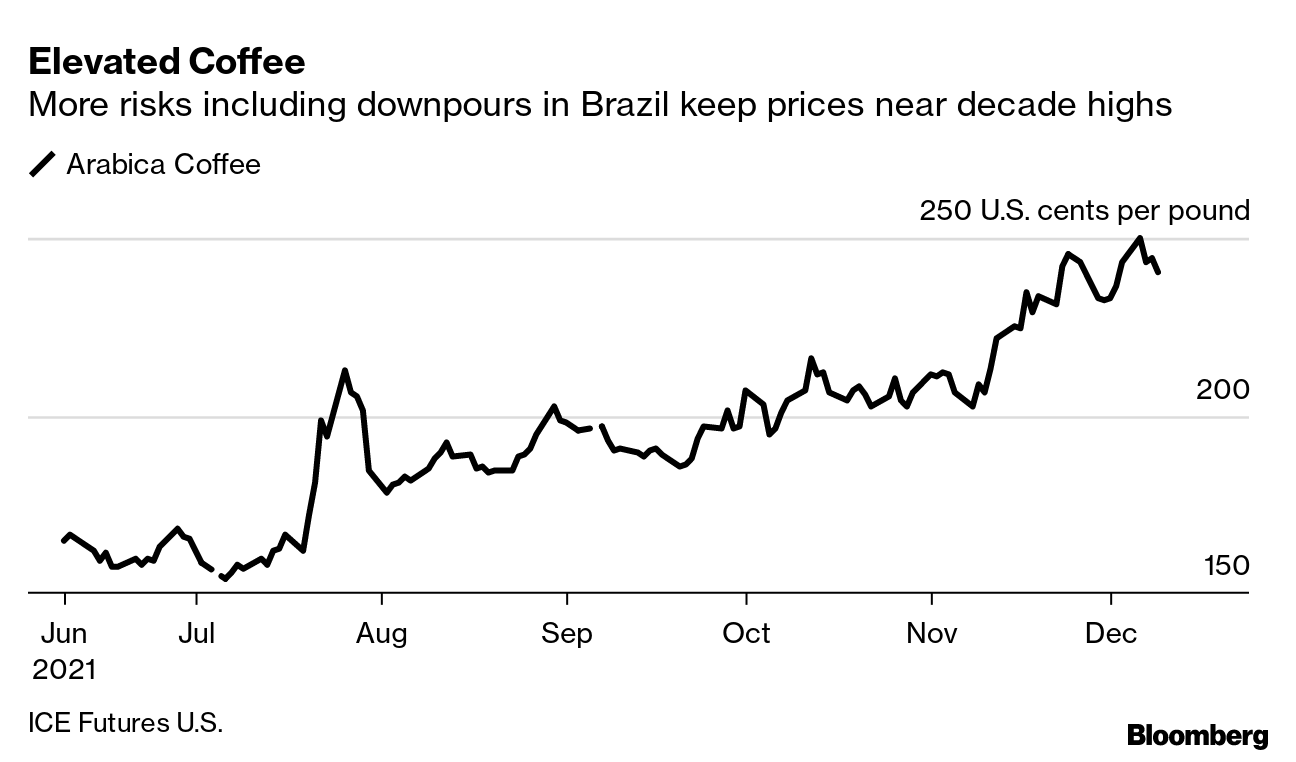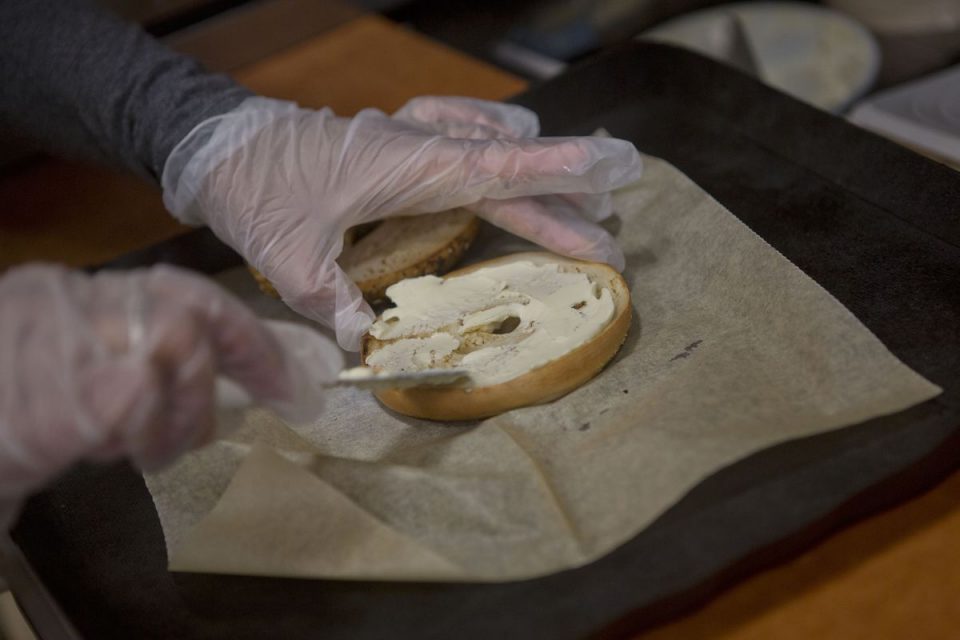A cream cheese shortage has been sending bagel shops and bakeries scrambling for supplies, and it’s due in part to a cyberattack on the biggest U.S. cheese manufacturer.
Schreiber Foods in Wisconsin, a top maker of cream cheese, closed for days in October after hackers compromised plants and distribution centers. The company is big enough that the lost production shook U.S. markets. (Read the full story here.)
The attack took place during the peak season for cream cheese demand. Americans are doing more holiday baking and buying more cakes, and cream cheese is a common dessert ingredient. Add to that all the labor constraints and logistics headaches caused by the pandemic.
Cyberattacks have added to the chaos afflicting global food supply chains in the Covid-19 era, with inflation driving prices to around decade highs. Hackers also targeted meat giant JBS and an Iowa grain cooperative this year.
Key Ingredients
Cream cheese happens to be particularly vulnerable to the supply chain issues. Some manufacturers have had problems getting starch, a thickening agent, as well as packaging like plastic film and cardboard boxes, according to Andrew Novakovic, an agricultural economist at Cornell University.
Cream cheese is a fresh product, meaning that keeping a large inventory on hand isn’t plausible. On top of the widespread labor shortage across industries, finding truck drivers is hitting the dairy industry particularly hard because of the extra license needed to pick up milk from farms.
Meanwhile, demand keeps soaring. Schreiber Foods was running at full capacity at the time of the cyberattack. Cream cheese production in October fell 6.9% from a year ago, according to government data.
At-home cream cheese consumption is up 18% compared with 2019, and food service demand in November was up 75% compared to last year, said Kathy Krenger, spokesperson for Kraft Heinz.
—Elizabeth Elkin in New York and Deena Shanker in New York
Charted Territory
Elevated Coffee
More risks including downpours in Brazil keep prices near decade highs
ICE Futures U.S.

High-end coffee stayed near the highest prices in a decade with downpours in Brazil and omicron threatening in-store consumption. The La Niña weather pattern, caused by warming of the Pacific waters, is currently in play and is also bullish for coffee. There’s a 90% chance it will continue through the northern hemisphere winter, and a 50% it will last into May, according to a U.S. forecast.
Today’s Must Reads
- Tears for beers | For Australians heading into the festive season and their summer months, a real nightmare before Christmas is unfolding: there’s a shortage of beer.
- Holiday menus | Grocery price increases in the U.K. aren’t yet denting shoppers’ festive spirit, according to data-tracking firm Kantar. Christmas dinner staples are becoming pricier as grocery inflation reached 3.2% in the past month, the highest rate since June 2020.
- Passing on costs | Imperfect Foods, a San Francisco-based grocery delivery startup, is the latest company to raise its prices as a result of widespread supply-chain issues.
- Buffalo soldiers | Starbucks employees voted to unionize one of the company’s New York restaurants, creating a unique labor foothold among thousands of corporate-run U.S. stores. Separately, the union representing about 1,400 Kellogg cereal-plant workers rejected the tentative labor agreement reached by negotiators last week.
- Tyson Expansion | Tyson Foods is expanding its global protein production capacity and investing over $1.3 billion in automation to meet soaring demand for meat in the pandemic era.
- Manure Surge | The market for manure — from pigs, horses, cattle and even humans — has never been so hot, thanks to a global shortage of chemical fertilizers.
On the Bloomberg Terminal
- Packaged Food | Sales gains for most key U.S. packaged-food categories outpaced historical averages in the four weeks ended Nov. 28, mainly driven by input-inflation-related price increases that producers enacted recently to offset margin pressure.
- Slower Soup | Growth in sales for the soup category slowed during the four weeks ended Nov. 28, according to all-channel IRI data, with price increases offsetting a drop in volume.
- Use the AHOY function to track global commodities trade flows.
- Click HERE for automated stories about supply chains.
- See BNEF for BloombergNEF’s analysis of clean energy, advanced transport, digital industry, innovative materials, and commodities.
- Click VRUS on the terminal for news and data on the coronavirus and here for maps and charts.
Like Supply Lines?
Don’t keep it to yourself. Colleagues and friends can sign up here. We also publish the New Economy Daily, a briefing on the latest in global economics.
For even more: Follow @economics on Twitter and subscribe to Bloomberg.com for unlimited access to trusted, data-driven journalism and gain expert analysis from exclusive subscriber-only newsletters.
How are we doing? We want to hear what you think about this newsletter. Let our trade tsar know.


